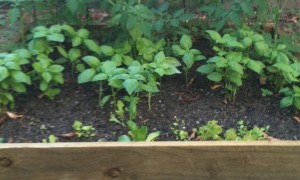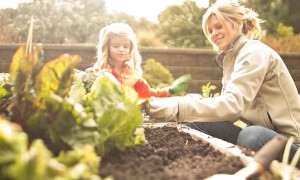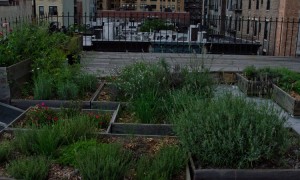Backyard gardening has grown exponentially in popularity in recent years as people become more concerned about pesticides, GMOs, and non-organic edibles. While it may be tempting to drive to your local nursery or home improvement big box store and snatch up saplings or seeds for your favorite edible garden munchables, you’ll be better prepared and likely experience a better outcome if you follow these three pieces of advice first before adding a garden to your DFW home.
1. Choose Your Garden’s Location Wisely
From soil composition to the amount of light various parts of your yard receives, you’ll first need to approach choosing an ideal location for your edible garden with great care. Consider this advice from Texas A&M before staking out a spot for your fruits and veggies to grow: “The ideal garden area gets full or nearly full sunlight and has deep, well-drained, fertile soil.”
Does that description match your backyard space? No need to despair if it doesn’t — you still have other options, like:
- Using a front or side yard space that has better soil or exposure to light,
- Creating a container garden with pots that can be moved to different locations and where you are in full control of the soil used, or
- Participating in a community or neighborhood garden that utilizes land ideal for planting.
2. Factor In Where You Live
In addition to helping you scout out the best location within your own property, Texas A&M offers valuable advice on what may actually grow best depending on where, exactly, you live. Your second piece of pre-work is looking into what plants work best based on location, and, even more in-depth, the specific variety of a vegetable to choose. Many variables dictate plant success, such as amount of rain typical by locale, average high and low temps in both summer and winter, and, like above, how soil composition may differ depending on where you live.
Another important aspect to consider is how large of an edible garden you want to plant. If you only have a small amount of space, A&M suggests veggies like carrots, green beans, broccoli, tomatoes, and peppers. If you want to grow melons, potatoes, pumpkins, or corn, however, you’ll need quite a bit more space. One way to overcome space-determined issues is to identify more than one area in your yard that may be used for cultivating vegetables.
3. It’s All About Timing
Can’t you just picture the beauty of your edible garden, where a dozen different plants come to maturity at the same time and are all ready for inclusion in your salads, soups, and more? Unfortunately, that’s not realistic. For your third piece of pre-work, you’ll need to research the timeline most realistic for your desired edibles. Some, like those that grow from bulbs instead of seeds, require a lot more time to mature. To determine your planting schedule, you can reference The Old Farmer’s Almanac, which provides direct advice dependent upon your zip code.
[cf]skyword_tracking_tag[/cf]






